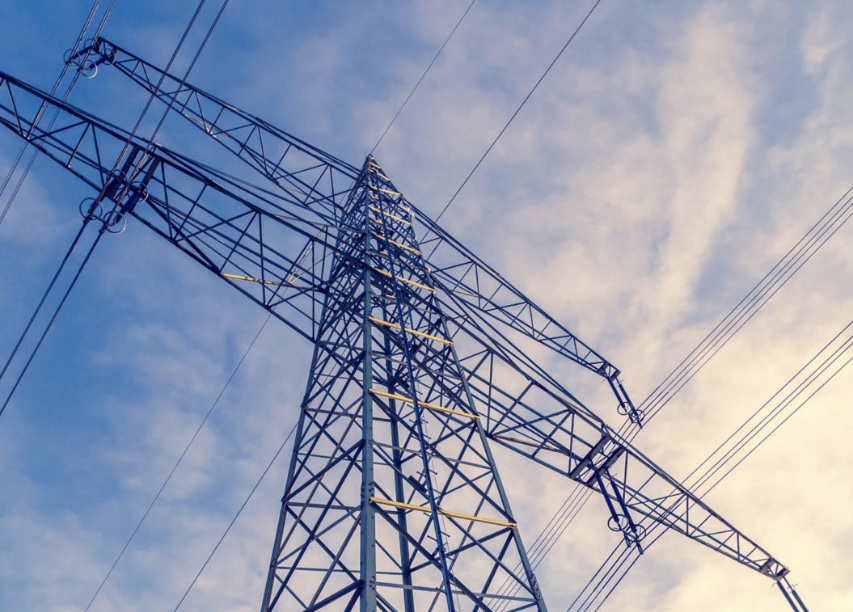KEY POINTS
- South Africa will build 1,164km of transmission lines by 2026 to connect renewable energy hubs to cities, addressing grid constraints that currently leave solar/wind projects stranded.
- The $2.3 billion project combines public funding with private concessions, though land disputes and permitting delays threaten timelines for critical corridors.
- As part of South Africa’s energy transition plan, the infrastructure will enable retirement of coal plants while creating thousands of jobs and incorporating smart grid technologies.
South Africa is embarking on an ambitious infrastructure project to add 1,164 kilometers of new high-voltage transmission lines by 2026, Energy Minister Gwede Mantashe announced this week.
According to the Energy Capital and Power, the $2.3 billion initiative aims to connect renewable energy projects in solar-rich Northern Cape and wind-abundant Eastern Cape to the national grid, addressing a critical bottleneck in the country’s energy transition.
“This expansion is not just about infrastructure—it’s about securing South Africa’s energy future,” Mantashe stated during the Africa Energy Indaba in Cape Town. The project will focus on three priority corridors: from the Northern Cape to the Western Cape (400km), Eastern Cape to KwaZulu-Natal (350km), and Mpumalanga to Gauteng (414km). These routes were identified as urgent priorities in Eskom’s 2022 Transmission Development Plan, which warned that grid constraints were forcing renewable projects to sit idle despite the nation’s chronic electricity shortages.
The announcement comes as South Africa experiences its worst year of load-shedding on record, with blackouts lasting up to 10 hours daily in major cities. Independent energy analyst Lunga Masuku notes: “We’ve built world-class renewable plants that can’t feed power to where it’s needed. These transmission lines are the missing link in our energy puzzle.”
Private sector partnerships to fast-track construction
With Eskom’s debt exceeding $23 billion, the government is turning to private investors through a novel public-private partnership model. The newly established National Transmission Company of South Africa (NTCSA) will oversee the tendering process, offering 20-year concessions for line construction and maintenance.
“We’re seeing unprecedented interest from Chinese, European, and local consortiums,” revealed NTCSA CEO Monde Bala. The first phase—a 180km, 400kV line between Aggeneys and Garona in the Northern Cape—has already attracted bids from seven groups. This section alone could unlock 2.5GW of stranded solar capacity, enough to power 1.8 million homes during daylight hours.
However, challenges remain. Community protests over land use have delayed the Eastern Cape’s Intaka-Indwe line by six months, while environmental approvals for the Mpumalanga-Gauteng corridor are still pending. Energy economist Gaylor Montmasson-Clair warns: “If bureaucratic hurdles aren’t streamlined, we risk missing the 2026 target—and with it, our COP26 emissions reduction commitments.”
The transmission expansion forms part of South Africa’s Just Energy Transition Investment Plan (JET-IP), which secured $8.5 billion in international climate financing last year. The plan aims to retire 12GW of coal capacity by 2030 while adding 18GW of renewables—a transition impossible without grid modernization.
New monitoring technology will be deployed along the routes, including drones with thermal imaging to detect faults and AI-powered sensors to optimize power flow. “This isn’t your grandfather’s grid,” quipped Eskom CTO Mervin Naicker, showcasing prototype towers that can withstand the Northern Cape’s extreme heat and sandstorms.
As construction begins this September, the government estimates the project will create 8,000 temporary jobs and 500 permanent technical positions. For residents like Port Elizabeth small business owner Nomalanga Khumalo, the upgrades can’t come soon enough: “Every blackout costs me a day’s income. If these lines bring stable power, they’ll save livelihoods.”



